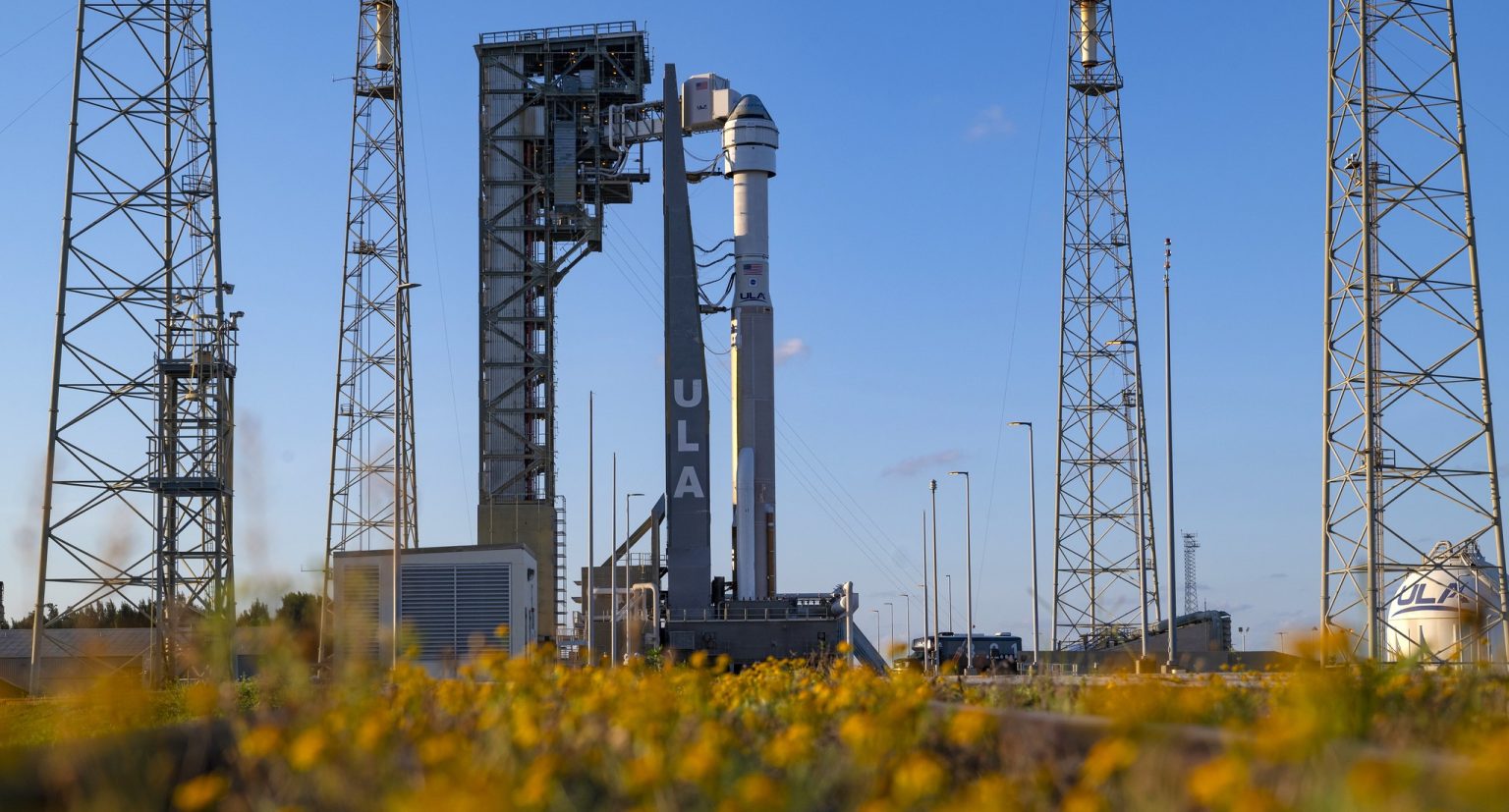The Atlas V rocket, carrying Boeing’s Starliner crew capsule with NASA astronauts Butch Wilmore and Sunita Williams, is scheduled to launch from Cape Canaveral Space Force Station in Florida. This will be the first crewed flight of the Starliner spacecraft, with NASA providing live coverage of the countdown. Previous attempts to launch the Crew Flight Test (CFT) were delayed due to issues with the Atlas V launch system, rather than with Starliner itself.
Boeing has faced years of delays and cost overruns totaling approximately $1.5 billion in preparing the Starliner spacecraft for crewed missions. The most recent launch attempts were called off due to technical problems with the launch system, but United Launch Alliance, Boeing, and NASA have cleared the way for today’s launch after replacing faulty hardware and verifying the system’s readiness. The crew will conduct tests and deliver supplies to the International Space Station during a daylong cruise and eight-day stay aboard the station.
This launch marks the first time Starliner will carry actual astronauts, after completing two successful uncrewed flight tests. The crew will verify the spacecraft’s systems and performance during the mission and provide feedback for further adjustments if necessary. At the end of the mission, the astronauts will return to Earth in the reusable Starliner capsule, named Calypso, and land in the western U.S. using parachute-aided airbag cushioning. NASA aims to certify Starliner for regular crewed missions alongside SpaceX’s Crew Dragon.
Boeing’s vice president and program manager for commercial crew, Mark Nappi, stated that 80% of the work for Starliner’s certification is already underway, with the remaining 20% dependent on the outcome of the Crew Flight Test. The data collected during the mission will be essential for analyzing any anomalies and making necessary adjustments to the spacecraft’s design or procedures. Once the mission is complete, NASA and its partners will assess Starliner’s performance and readiness for regular crewed missions to and from orbit.
Overall, the Crew Flight Test of Boeing’s Starliner spacecraft is a crucial milestone in NASA’s commercial crew program, which aims to provide reliable transportation for astronauts to the International Space Station. The successful completion of this mission will pave the way for routine crewed missions using Starliner as a commercial “space taxi,” alongside SpaceX’s Crew Dragon. The collaboration between Boeing, United Launch Alliance, and NASA demonstrates the progress made in developing safe and efficient crewed spacecraft for future missions to space.


